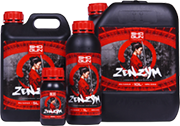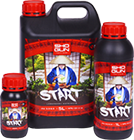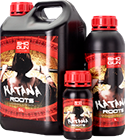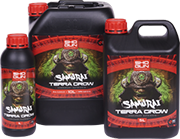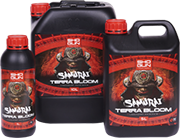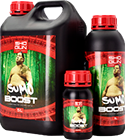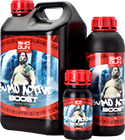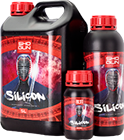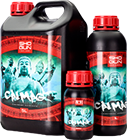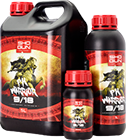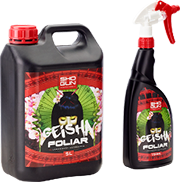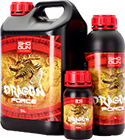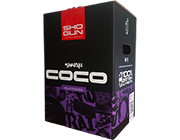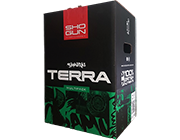Soil to Soilless - A Guide to Growing Media
Soil to Soilless - A Guide to Growing Media
Soil is, without question, the best growing medium, by a long shot. Sorry to disappoint anyone who thought otherwise, but it isn’t even debatable. The trouble is, soil isn’t always the most appropriate growing medium. If you’re growing indoors, even in a commercial greenhouse, alternative media can offer a far greater level of control, consistency across a crop, and a greater ability to ‘supercharge’ your plants.
A growing medium can, technically, be anything. You could use sand or even polystyrene if the urge took you. As long as the medium is lightweight, inert, and both water-retentive and porous (crucial for allowing your plants’ roots easy access to both oxygen and nutrients) you’re good to go. So, what are the main types of growing media or “substrate”?
Rockwool
Favoured by many commercial growers, rockwool is exceptionally easy to use and can be put to work with almost any type of growing system. It is particularly good for propagation; once your seedling or clone takes root, it can then be dropped into another type of medium with ease.
Rockwool is man-made from mineral fibres, and comes in both repellent and absorbent forms. It’s used extensively in industry because of its low cost, ability to hold its structure, its high retention levels, and low cation exchange capacity (CAC), which determines its ability to retain and release the vital compounds in your nutrient solution.
Fair warning - cheap rockwool in particular can contain a high degree of reactive metals that should be avoided at all costs; make sure you buy horticultural rockwool, rather than trying to save money by using another sort. If your rockwool dries out, your plants will die. Also, wet rockwool exposed to light and heat is a breeding ground for algae; be sure to top dress it if it’s used in another medium, or use cube covers if it’s being used on its own.
Coco Coir
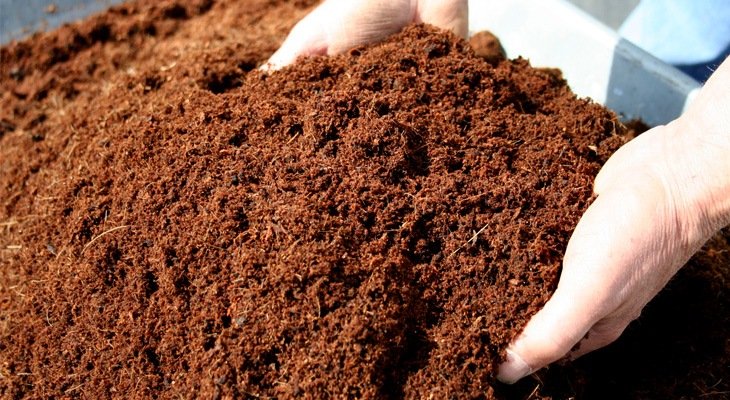
An extremely popular option is coco coir, a substance made up from the hairy pith of coconuts. Why does coco have such a large fan base? Well, not only is it environmentally friendly, but it’s a great low-cost, absorbent product that can be used repeatedly without a drastic lowering in quality. It’s twice as porous as rockwool, but also retains moisture with a greater capacity than the famously water-retentive peat moss; coco has a very good cation exchange capacity.
Controlling the pH value – an essential component in your plants’ ability to absorb nutrients – takes a little more work for coco than with some of its competitors. You also need to keep your eyes peeled for increased microbial activity, as coco retains oxygen in addition to water.
Two more things you might need to keep an eye on; the nature of the medium can cause an issue with drainage, and coco has a tendency to hold back nitrogen, so extra nitrogen may be required in your solution. Thankfully, Shogun’s Samurai Coco nutrients are designed to mitigate the potential problems presented by coco coir and get the most out of the medium.
Clay pebbles (LECA)
A timeless classic that remains popular with many growers is Lightweight Expanded Clay Aggregate (LECA), AKA clay pebbles. The main benefit of this media is immediately apparent; they are light, cheap, and extremely porous with excellent drainage and aeration. While they don’t retain moisture too well, they’re chemically inert (and inorganic), which means you can stay completely on top of your pH levels if total control is your thing.
The versatility of LECA also means you can use it with other growing media. Clay pebbles are the top dog of soil amendments; although they don’t change the chemical composition of growing media, they change a host of their qualities for the better. They can be used with almost anything, then washed and cleaned and used all over again. LECA is also a great top dressing – a thin layer across the top of a pot will go a long way to reducing the formation and build up of algae.
Perlite
Perlite is the second favourite soil amendment on the market. Another inert compound, it is made from volcanic glass and has similar qualities to LECA; it’s a good, lightweight, cheap option that and can be used time and again. Being water-resistant it’s dry but due to its porous structure it does permit a certain level of water retention.
Be aware though that if you’re using an ebb and flow system, bits of perlite can get washed away during the flooding cycle. Its low cation exchange capacity means it works well with coir, but if you use the same perlite longer than six months it has a tendency to rise to the surface.
Amendments and alternatives
Vermiculite is similar to perlite, being mineral-based and light, but with a high water-retention rate. Its anchorage is useful for young roots but it should be used in conjunction with other media for best results.
Haydite is made from oil shale and is another inert, pH-neutral substance, which stands up well to repeated use. Diatomite, meanwhile, is made from fossilised rocks and again, is really only useful when used with other media. Salinity levels are often high if you get the wrong type, but its razor-like structure is great for repelling certain pests – another great top dressing.
Peat moss is a fan favourite for many people, but it’s controversial. There are calls to ban its use outright because of its ability to store carbon when left in the ground, but its use also funds the protection and restoration of vulnerable peatlands. Either way, we’ll avoid a political minefield and suggest you stick to alternatives where possible.
Soil
Soil can be used indoors to great effect. It’s where plants are most at home. If you live in a rural area, the local soil will have been adjusted and fine tuned to your particular environmental factors by the greatest gardener of all time – Mother Nature.
The first problem with soil, is that most of use don’t live in the countryside. In cities and towns, particularly in new build developments, the soil is more than likely literally rubbish – rubble, sand, brick dust and whatever else the developer couldn’t be bothered to clean up so instead buried under a thin layer of top soil. If you know someone who owns an allotment though, chances are their compost is gold dust.
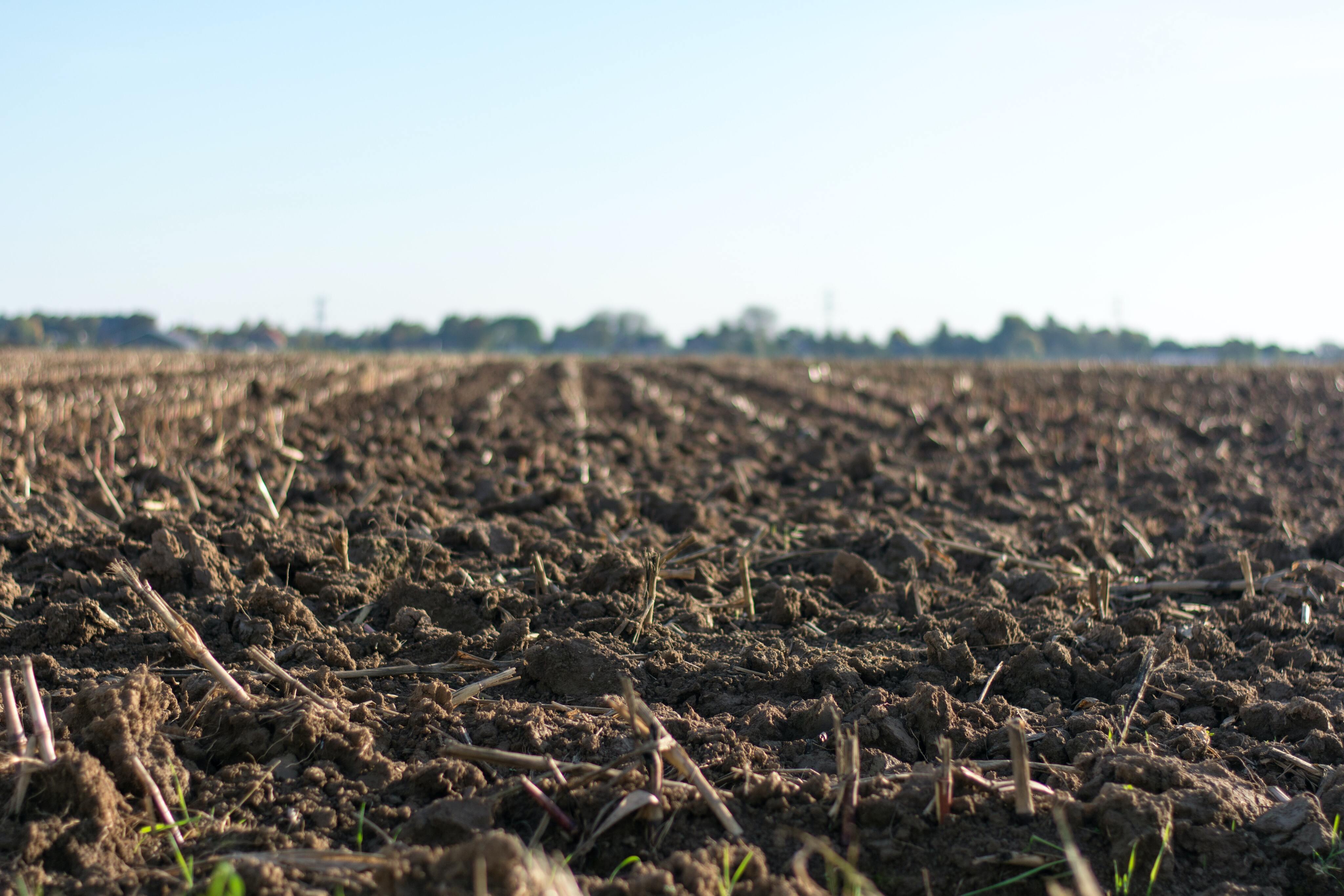
That does lead us to the second problem though - consistency. When you’re growing plants indoors, particularly non-native and commercial crop plants, regulation and control is everything. It’s far harder to monitor and regulate consistent nutrient levels in soil than with any of the other media listed.
If you are going to grow in soil, leach the soil first with two cycles of water, then do yourself a favour and invest in the Shogun’s Samurai Terra nutrients – designed specifically for use with the complex chemistry of soil nutrient availability.
The growing system you choose will play a large part in determining which type of media you use, but there’s plenty of room for experimentation with many systems.
You may bump into growers who swear by sand, gravel, polystyrene or all manner of other substrates. The key thing is to do your research, and don’t be afraid to mix and match.
Over the years, through trial and error, you’ll eventually land on the growing mediums that work best for you, and probably then try to argue that your mix is better than soil – about which you’ll be wrong, because soil is the best.
